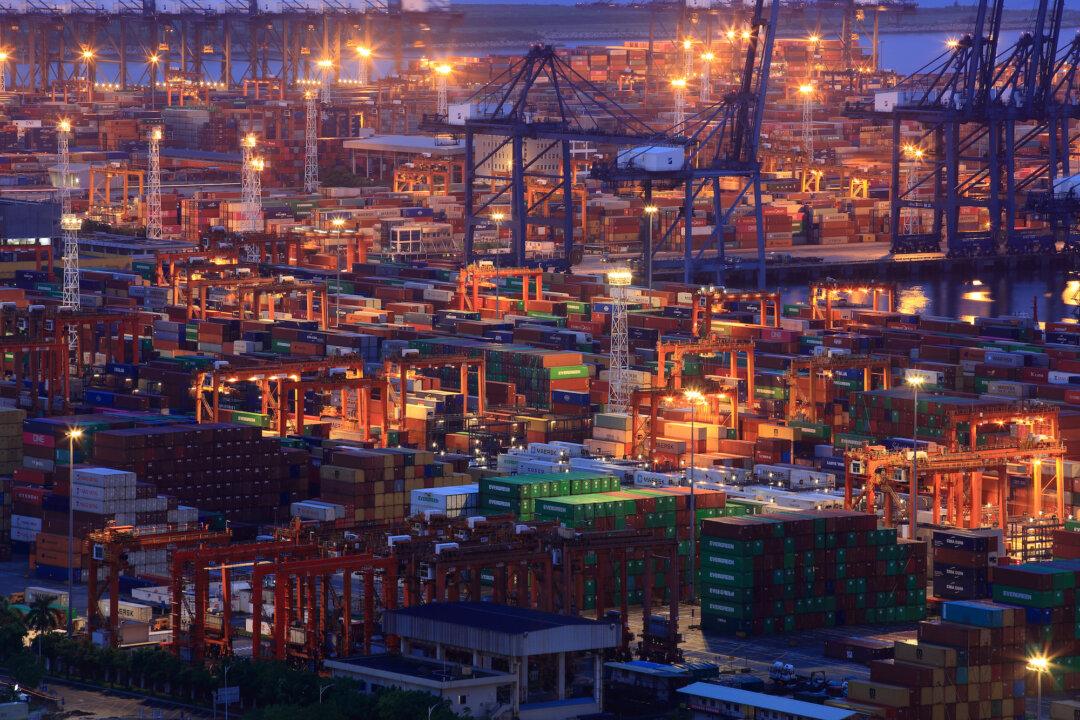BEIJING—China’s exports likely fell at a slightly faster pace in September as softening global demand and U.S. tariffs bit more deeply, while imports shrank for a fifth straight month, suggesting pressure on the economy is increasing, a Reuters poll showed.
More U.S. tariff measures against China are set to take effect on Oct. 15 and Dec. 15, unless the two sides can reach an agreement to de-escalate their protracted trade war in negotiations in Washington this week.





